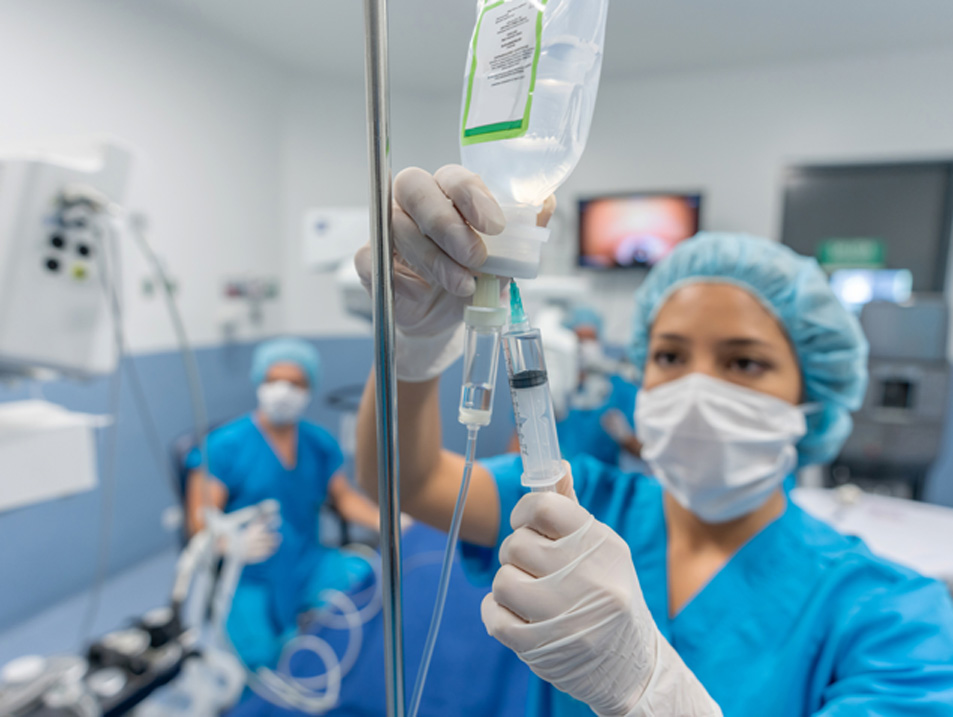
A sacroiliac (SI) joint injection is an injection of a steroid medication and local anesthesia into the sacroiliac joint. The local anesthesia may provide immediate pain relief that will last for a few hours. The steroid medication will begin to offer longer lasting pain relief after 24-48 hours.
The sacroiliac joint is located where the sacrum and ilium meet. The sacrum is the tailbone and the ilium is one of three bones that make up the hip bones. The SI joints support the weight of the body, act as a shock absorber and reduce pressure on the spine.
SI joint pain may be caused by:
- Osteoarthritis
- Ankylosing spondylitis
- Gout
- Injury
- Pregnancy
- Abnormal walking patterns
Benefits of a Sacroiliac (SI) Joint Injection
An SI joint injection can help alleviate the following symptoms of SI joint disorders:
- Pain in the lower back, buttocks, hips, pelvis, and groin
- Pain limited to only one of the SI joints
- Increased pain when standing up from a sitting position
- Numbness or weakness
- Stiffness or a burning sensation in the pelvis
- Pain radiating down into the thighs and upper legs
- Feeling like the legs may buckle and not offer enough support to the body

Risks and Side Effects
The risks of a sacroiliac joint injection are very low. Patients may experience bleeding, infection or an allergic reaction to the medication.
Short-term side effects of the procedure include temporary numbness or weakness in the legs caused by the local anesthesia. Patients may feel increased pain for a few days after the injection and localized pain at the injection site. Individuals with diabetes may experience a spike in blood sugar levels caused by the steroid medication.
How to Prepare for Treatment
Individuals with diabetes should not take medication for the condition until the procedure is finished. Patients taking blood thinners such as Coumadin, Warfarin or Plavix will be required to stop taking them well before the procedure.
What to Expect During Treatment?
Before the procedure can begin, the patient will be given intravenous medication to help them relax. The injection site will then be cleansed to help reduce the risk of infection. Next, the physician will use an x-ray to guide the insertion of the needle. The anesthetic and pain-relieving medication will be injected into the sacroiliac joint.
Patients may feel a stinging or burning sensation caused by the numbing medicine. However, this only lasts a few seconds.
The entire procedure typically takes less than 30 minutes and patients are allowed to go home the same day. They will be monitored in the recovery room for a short period of time to ensure they are not experiencing any severe side effects. Patients will be allowed to return home with their driver once the doctor authorizes discharge.

After the Procedure
Patients should avoid driving or engaging in rigorous physical activity for 24 hours after the procedure. In addition, patients should not apply any heat to the injected area for one day after the procedure. This means no hot baths, showers or soaking in pools or hot tubs.
